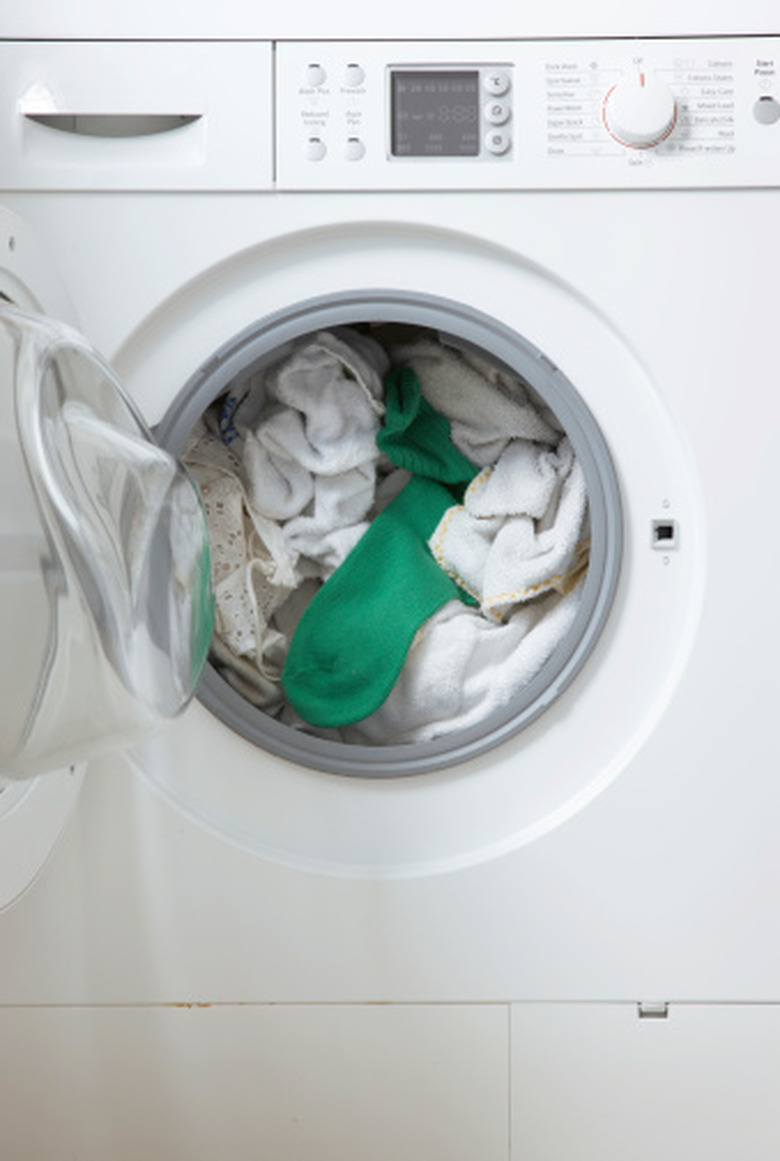How To Use Extension Cords With Washing Machines
Things Needed
-
Measuring tape
-
Extension cord
Most washing machines are installed in locations where they have ready access to a wall outlet for power. But if your home doesn't have an outlet near your washing machine, you'll need to use an extension cord to provide power. Though a simple operation, you should keep a few things in mind to ensure a safe installation.
Step 1
Find the data plate on the back of your washer and note the amperage rating. If the data plate only lists watts, divide that number by 120 to come up with the approximate amperage draw of the washing machine.
Step 2
Measure the distance between the nearest outlet and the washer, taking into account the path the cord must follow.
Step 3
Purchase a cord that's long enough and rated to handle the amperage of the washer. As a rule of thumb, amperage ratings of 10 or below require a 16-gauge cord. For greater draw, use a 14-gauge cord. If you have an unusually long run for the cord, use a 12-gauge cord. Make sure that the outlet on the cord can accommodate the plug — for example, if the washer plug has three prongs, be sure to get a cord that has a three prong outlet.
Step 4
Plug one end of the cord into the wall socket, route the cord and plug the washer into the other end of the cord.
References
- "Wiring 1-2-3"; The Home Depot; 2005
